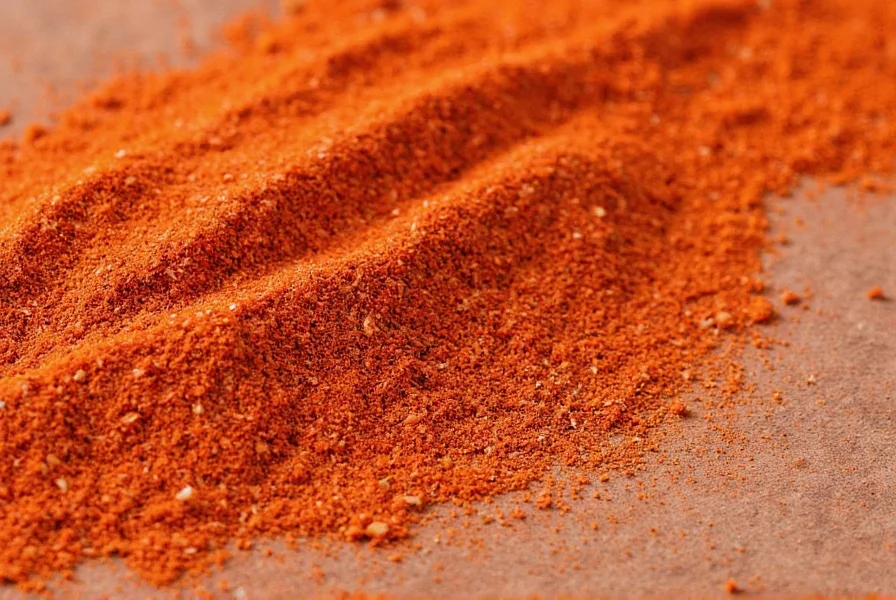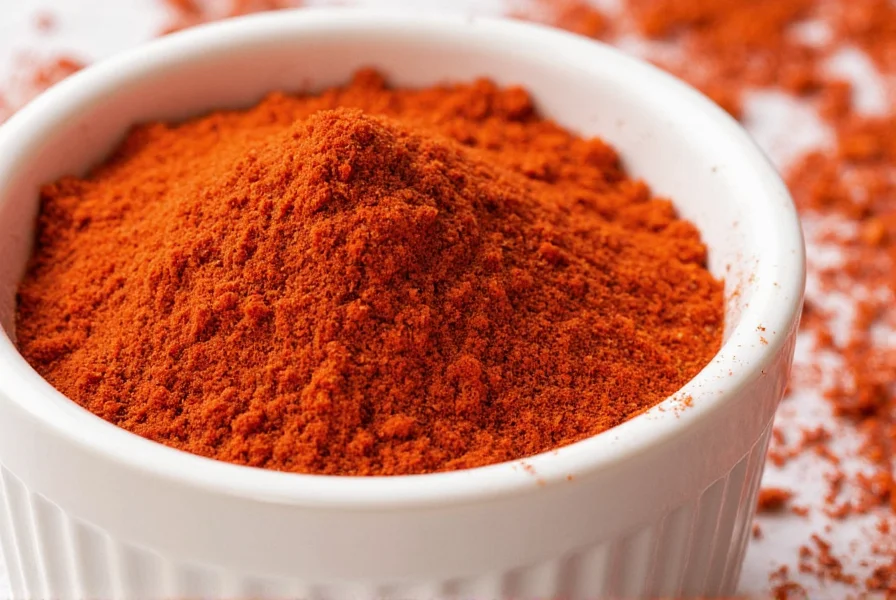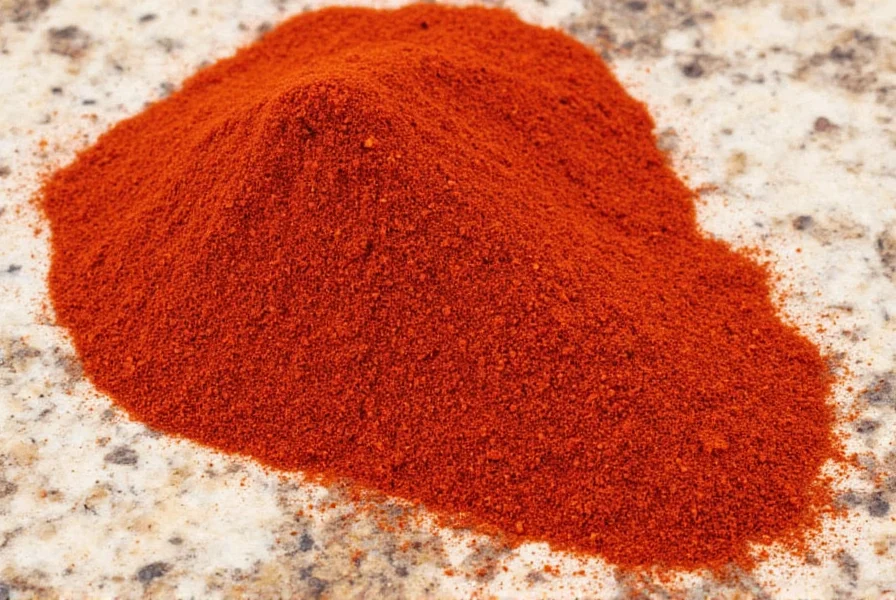Understanding Cayenne Pepper Seasoning vs Pure Cayenne Pepper
Many home cooks confuse cayenne pepper seasoning with pure cayenne pepper, but they serve different culinary purposes. Pure cayenne pepper consists solely of ground dried cayenne peppers, delivering intense heat with a straightforward peppery flavor. Cayenne pepper seasoning, however, is a thoughtfully crafted blend that tempers the extreme heat while adding complementary flavors.
Most commercial cayenne pepper seasonings contain approximately 25-40% actual cayenne pepper, combined with:
- Garlic powder (adds savory depth)
- Onion powder (provides sweetness)
- Paprika (contributes color and mild sweetness)
- Salt (enhances overall flavor)
- Black pepper (adds complexity)
This strategic combination creates a more versatile spice that delivers noticeable heat without overwhelming other flavors in your dish—a crucial distinction when learning how to use cayenne pepper seasoning properly in home cooking.

Flavor Profile and Heat Management
Cayenne pepper seasoning typically registers between 1,500-5,000 Scoville Heat Units—significantly milder than pure cayenne's 30,000-50,000 SHU. This makes it far more approachable for everyday cooking while still providing that distinctive kick cayenne lovers seek.
When incorporating cayenne pepper seasoning into recipes, remember these key principles:
- Start with 1/8 teaspoon per serving and adjust upward
- Add during the last 5-10 minutes of cooking for maximum flavor impact
- Balance with acidic components like lemon juice or vinegar
- Pair with cooling elements like yogurt or avocado in finished dishes
Understanding proper cayenne pepper seasoning measurements for different dishes prevents the common mistake of over-spicing, which many novice cooks encounter when substituting pure cayenne for seasoning blends.
Ideal Culinary Applications
Cayenne pepper seasoning shines in specific applications where its balanced heat profile enhances rather than dominates. The following table outlines optimal uses:
| Dish Type | Recommended Amount | Best Addition Timing |
|---|---|---|
| Roasted vegetables | 1/4 tsp per pound | Toss with oil before roasting |
| Marinades | 1/2 tsp per cup liquid | Combine with other dry ingredients |
| Soups & stews | 1/8-1/4 tsp per serving | Last 5 minutes of cooking |
| Deviled eggs | 1/16 tsp per filling | Mix with yolk filling |
| Chocolate desserts | Pinch per serving | Whisk into dry ingredients |
These applications demonstrate why cayenne pepper seasoning works better than pure cayenne in most everyday recipes—the additional ingredients create harmony rather than heat dominance.
Creating Your Own Custom Blend
For those seeking how to make homemade cayenne pepper seasoning, a simple ratio provides restaurant-quality results:
- 2 parts paprika (provides color and base flavor)
- 1 part cayenne pepper (heat component)
- 1/2 part garlic powder
- 1/2 part onion powder
- 1/4 part black pepper
- 1/4 part salt (optional)
Mix thoroughly and store in an airtight container away from light. This customizable approach lets you adjust the cayenne pepper seasoning heat level to personal preference, making it milder or more intense as needed. Freshly made blends maintain optimal flavor for 3-4 months.

Strategic Food Pairings
Certain ingredients naturally complement cayenne pepper seasoning's flavor profile. Understanding these pairings helps you create balanced dishes:
- Eggs: A pinch elevates scrambled eggs or frittatas without overpowering
- Chocolate: Creates sophisticated mole sauce or spiced chocolate desserts
- Citrus: Lemon or lime juice balances the heat in seafood applications
- Sweet potatoes: Complements natural sweetness while adding complexity
- Black beans: Essential for authentic-tasting southwestern dishes
These pairings demonstrate why cayenne pepper seasoning enhances specific cuisines better than generic hot sauces. The controlled heat level allows the spice to complement rather than dominate these ingredients.
Common Usage Mistakes to Avoid
Even experienced cooks make these errors when working with cayenne pepper seasoning:
- Adding too early in cooking: Heat-sensitive compounds degrade with prolonged cooking
- Substituting 1:1 for pure cayenne: Results in significantly less heat than expected
- Not tasting as you go: Heat perception varies between batches and brands
- Using in delicate dishes: Overpowers subtle flavors in fish or light sauces
- Storing in clear containers: Light exposure degrades flavor compounds rapidly
Avoiding these pitfalls ensures you get the most from your cayenne pepper seasoning in everyday cooking applications.
Health Benefits Worth Noting
While not a substitute for medical treatment, cayenne pepper seasoning offers potential health benefits supported by research:
- Capsaicin content may support temporary metabolism boost
- Potential anti-inflammatory properties when consumed regularly
- May enhance nutrient absorption from other foods in the meal
- Contains vitamin A and antioxidants from the paprika component
These benefits make cayenne pepper seasoning a healthier alternative to salt-heavy seasoning blends when used in appropriate amounts.
Frequently Asked Questions
What's the difference between cayenne pepper and cayenne pepper seasoning?
Cayenne pepper is pure ground dried cayenne peppers (30,000-50,000 SHU), while cayenne pepper seasoning is a blend typically containing 25-40% cayenne plus garlic powder, onion powder, paprika, and salt. The seasoning provides balanced heat with complementary flavors, making it more versatile for everyday cooking than pure cayenne's intense heat.
Can I substitute cayenne pepper for cayenne pepper seasoning?
Yes, but with caution. Use 1/4 teaspoon pure cayenne for every 1 teaspoon of cayenne pepper seasoning called for in a recipe. Pure cayenne delivers significantly more heat without the balancing flavors of garlic, onion, and paprika found in seasoning blends. Always start with less and adjust to taste.
How long does cayenne pepper seasoning last?
Properly stored in an airtight container away from light and heat, cayenne pepper seasoning maintains optimal flavor for 6-12 months. The heat level remains relatively stable, but the aromatic compounds degrade over time. For best results, write the purchase or creation date on the container and replace after one year.
Is cayenne pepper seasoning gluten-free?
Most cayenne pepper seasonings are naturally gluten-free as they contain only spices and salt. However, always check the label for potential cross-contamination warnings if you have celiac disease or severe gluten sensitivity. Homemade blends using pure spices guarantee gluten-free status.











 浙公网安备
33010002000092号
浙公网安备
33010002000092号 浙B2-20120091-4
浙B2-20120091-4